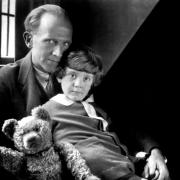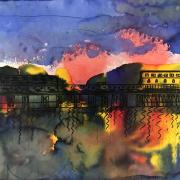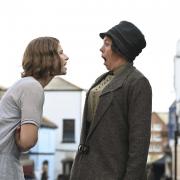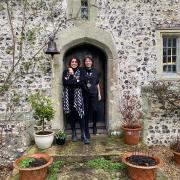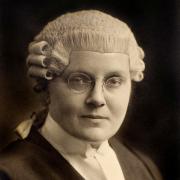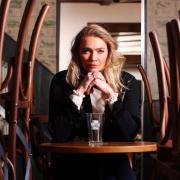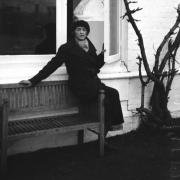Why were paintings of working class life attractive to aristocratic collectors like the third Earl of Egremont?
This small genre painting, which shows a group of beggar boys playing in the street, was the kind of cabinet picture popular with art collectors of the 17th century. Smaller works showing the lives of working-class people embroiled in toil or leisure were interesting to people born into such great privilege that the world the unfortunate boys inhabited was no more connected to their own than a mythological depiction of Gorgons and Minotaurs. This tiny, unassuming work purchased by the second Earl of Egremont, Charles Wyndham, shows a brief glimpse into the miserable existence of a group of anonymous Dutch boys. It now looks grossly out of place amongst the palatial surroundings of Petworth and its huge collection of large grand masters and sculptures amassed by the philandering third Earl of Egremont. But it is this increasingly huge gulf between the wealthy and the poor that now makes this painting more relevant than ever. This is never truer than in the run-up to Christmas when it is all too easy, amid a world full of messages of consumerism and materialism, to forget about those who, through an unlucky result in that great lottery of life, were born into a world where the odds of living a happy, fulfilling life were always stacked against them.
This discrepancy was even noted by Sir Horace Walpole, a man whose lifestyle could never be called restrained. He described the collecting strategy of the second Earl of Egremont, and the group of wealthy art connoisseurs whose company he kept, commenting that “glaring extravagance is the constant high price given for pictures” and that they “care not what they give”.
The artist, Gerritt Willemsz Horst, was a Dutch painter who for a period was a pupil of Rembrandt and his master’s influence can be seen on the face of the tallest boy. The lighting technique which divides the face using the interaction of shadows and light is derived from the artistic technique known as chiaroscuro. It lives on in modern photography under the term Rembrandt lighting.
The painting can be seen hanging at Petworth House, one of the nation’s finest collections of art outside of London. The house is located at Park Road, Petworth GU28 0AE and is open daily with slightly reduced hours during the winter months. More details are available at www.nationaltrust.org.uk
Why you should see this painting: The true spirit of Christmas is not one of avariciousness and over-consumption but of giving without a thought of getting, of happiness because we see joy in other people and of forgetting the notion of self and finding time for others.




